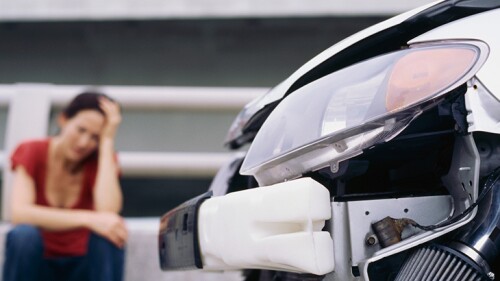Many commercial businesses use trucks or fleet cars to run their operations. In the U.S., intersections are responsible for a number of accidents and many deaths each year. Though many will argue “right of way,” the law knows no such designation. Knowing how to act in an intersection can save lives, time, and money.
Intersection controls
Stop Lights
A green light means “proceed with caution.” However, even though you may have a green light, be mindful of the cars around you and ask yourself, is it safe to enter the intersection?
A yellow light means “begin to stop.” Yellow lights were installed to give the intersection time to clear, not to give the next three cars the opportunity to go through the light.
A red light means “stop.”
Stop Signs
- Drivers must yield where necessary to avoid striking pedestrians who are legally crossing the road.
- Drivers crossing a sidewalk while entering or exiting a driveway, alley, or parking lot must yield to pedestrians. It is illegal to drive on a sidewalk except to cross it.
- Drivers turning left must yield to oncoming vehicles going straight ahead.
- At a four-way stop, the driver reaching the intersection first gets to go first (after coming to a complete stop).
- Drivers entering a road from a driveway, alley, or roadside must yield to vehicles already on the main road.
- At an intersection where there is no stop sign or traffic signal (with the exception of roundabouts), drivers must yield to vehicles coming from the right.
- When approaching a roundabout intersection, always yield to traffic in the circle and pedestrians in the crosswalks. Wait for a gap in traffic before entering.
Yield Signs
If the intersection is clear, then you may proceed with caution. Otherwise, you must stop. A rolling stop is sufficient for a yield sign if the intersection is clear.
Open Intersections
If the intersection has no controls or no controls on your path of travel, you should slow to ensure that the intersection is clear and proceed only when it is safe. You should be ready to stop though, if necessary.
Avoiding intersection problems
Always yield the right of way to whoever wants it. You are driving defensively, so if another driver wants to be aggressive and take the right of way, let them do so. Give up your right so you can avoid the accident.
Turn from the proper lane, if turning is allowed. Always be decisive. If you are going to turn, you should turn. If you made a mistake, proceed forward until you find a safe spot to turn around.
Use extra caution around larger vehicles. Larger vehicles such as trucks or semi trucks require a longer stopping time. Give extra space and be patient with these large vehicles. If you are in a large truck, keep extra distance between cars and other vehicles as they may make stop immediately or perform quick lane changes.
Use your signals. Put on your turn signals in the correct direction 100-300 feet before you turn.






